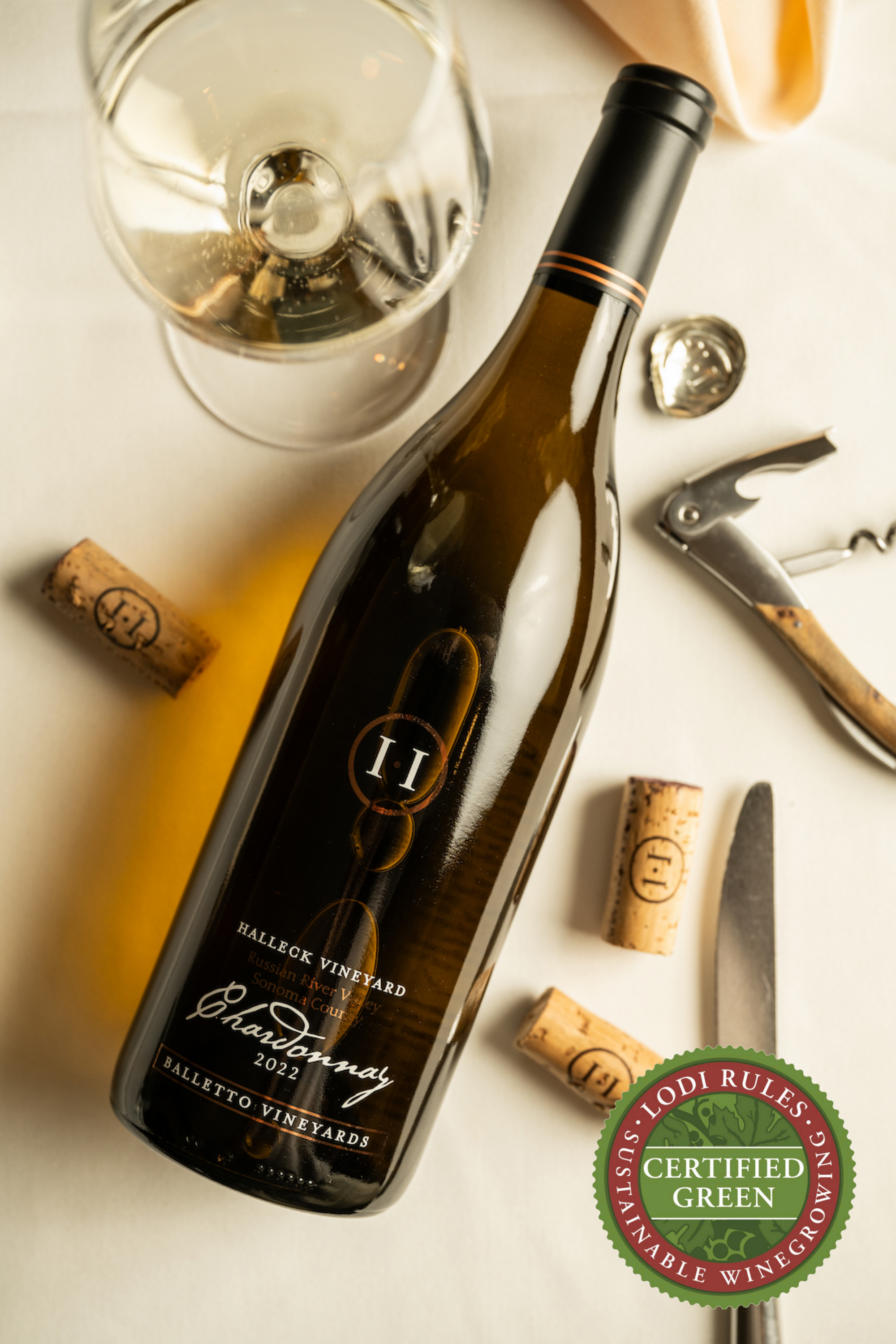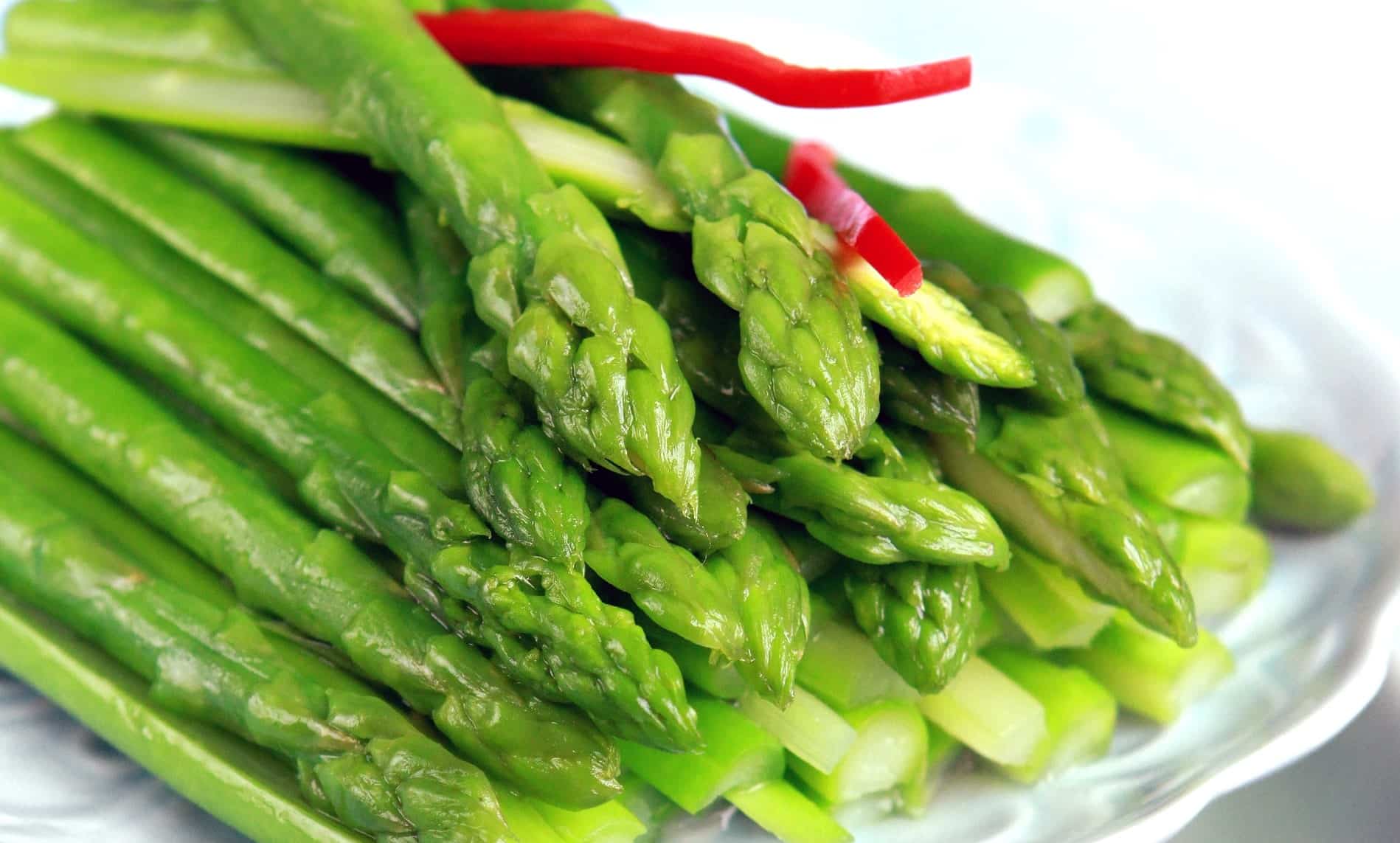Top Rated Wine Experiences In Sebastopol - A Visit To Sebastopol Wineries
Top Rated Wine Experiences In Sebastopol - A Visit To Sebastopol Wineries
Blog Article
Wineries Near Sonoma Square - Sebastopol Wine Experiences
Wine tasting is an art that combines sensory experience with an appreciation for the nuances of different varietals. How to gauge flavors in winery wine tasting periods is pivotal to greedy the complexities of wine.
Participating in a wine tasting includes more than simply sipping and savoring. It requires a focused approach to determine aromas and flavors that each wine presents. As you begin, observe the wine's look, noting its colour and readability. These visible cues often suggest a wine’s age, grape selection, and even potential flavor profiles.
The subsequent step in the tasting process is to swirl the wine in your glass. This motion releases aromatic compounds which may be very important for evaluation. Lean in and take a second to inhale deeply; the aromas can range from floral and fruity to spicy and earthy. The nostril of the wine is simply as necessary as the palate, and recognizing scents performs a significant role in understanding the overall experience.
When taking your first sip, permit the wine to maneuver throughout your palate - Upcoming Wine Festivals In Sonoma County. Notice the initial flavors that present themselves. Is the wine fruity, floral, or maybe herbaceous? This initial style provides insight into what the wine is more likely to specific as you proceed to gauge it. The mouthfeel also contributes to the overall flavor experience; it could be silky, tannic, and even effervescent.
Best Pinot Noir Wineries In Sebastopol - Sonoma Wine Country Wineries To Explore
As you continue tasting, take note of the wine’s balance. A well-balanced wine will harmonize acidity, sweetness, and tannins. If one part overwhelms the others, it would point out a less fascinating high quality. Evaluating stability might help you identify how properly the wine may pair with food.
Transitioning to the finish, consider how the flavors evolve as the wine lingers in your palate. A lengthy, nice end can indicate a high-quality wine, while a brief or abrupt end may recommend in any other case. Mirror on whether the flavors remain consistent or if new notes emerge as the wine settles. This development can reveal complexities and intricacies that may not have been obvious in the initial tasting.
Temperature can be a vital think about evaluating wine flavors. Totally Different types of wine are optimally enjoyed at particular temperatures. White wines typically shine when chilled, while red wines typically carry out best at room temperature. When tasting, make sure the wine is on the applicable temperature to fully recognize its character.
Eco-Friendly Wineries In Sonoma County - Top Sonoma Wineries To Visit
Pairing food with wine can tremendously improve the tasting experience. Meals can affect the perception of flavors in wine, either highlighting certain traits or diminishing them. When evaluating flavors, contemplate how the wine interacts with different meals, noticing which flavors are amplified or muted (Spectacular Vineyard Views In Sonoma).
Consider the affect of terroir as you engage in a winery tasting. Terroir encompasses the distinctive environmental factors that affect grape growing, including soil composition, local weather, and geography. Understanding a wine's terroir can provide perception into its flavors and aromas, fostering a deeper appreciation for the choices made throughout its cultivation and production.
Training plays a basic role in enhancing one's capacity to evaluate wine flavors. Studying about grape varieties, wine areas, and production strategies can pave the means in which for more knowledgeable judgments throughout tastings. Additionally, attending workshops or classes can refine sensory skills and broaden your flavor vocabulary, enabling you to articulate tasting notes more successfully.

Lastly, it's important to remember that evaluating wine flavors is a extremely personal experience. Particular Person preferences and perceptions will invariably form one’s tasting journey. Enjoyment must be on the forefront, with the analysis course of performing as a device to reinforce understanding and appreciation quite than create rigid tips.
Wineries Ideal For Large Groups - Sonoma Wine Culture
In conclusion, mastering tips on how to evaluate flavors in winery wine tasting periods involves a mixture of sensory engagement, information, and practice. By learning to establish aromas, assess the stability, and respect the intricacies of flavor, wine enthusiasts can deepen their connection to every bottle they encounter. As with any art form, the more one immerses themselves in the experience, the more they'll discover and benefit from the huge world of wine.
- Start by observing the wine's shade and readability, as these visible elements can hint at its flavor profile and aging potential.
- Swirl the wine gently in your glass; this releases aromatic compounds, allowing you to better identify the complex scents associated with the wine.
- Take a deep inhale before tasting, focusing on both primary and secondary aromas to gather insights on fruits, spices, and other nuances.
- When tasting, allow the wine to coat your palate; note the initial flavors, the mid-palate complexity, and the finish as these stages can present completely different flavor highlights.
- Pay consideration to texture and mouthfeel, as features corresponding to tannin ranges, acidity, and sweetness contribute considerably to the overall tasting experience.
- Examine flavors against standard wine characteristics; for red wines, consider berry notes, oak affect, and natural tones, whereas whites might include citrus, stone fruits, and floral hints.
- Take notes during the tasting session to trace your impressions, serving to you to recollect and evaluate the different wines sampled.
- Discuss your findings with fellow tasters or winery staff, as sharing insights can enhance understanding and appreciation of individual flavors.
- Enable time for the wine to breathe; generally, flavors evolve and reveal new dimensions after being exposed to air.
- Experiment with food pairings during the tasting as they can dramatically alter how flavors are perceived, influencing total enjoyment.undefinedWhat ought to I look for when evaluating the aroma of wine throughout a tasting?
Begin by swirling the wine in your glass to release its aromas. Bring the glass to your nostril and take a deep breath. Pay attention to the first scents you detect, as these are sometimes probably the most outstanding. Look for fruit, floral, herbal, or earthy notes and attempt to determine specific traits, which will deepen your understanding of the wine's complexity.
Wineries Focusing On Single Vineyard Wines - Sebastopol Vineyard Visits

How can I distinguish between completely different flavor profiles in wine?
Understand that flavor profiles are often categorized as fruit, floral, herbaceous, spicy, or mineral. Take small sips and permit the wine to coat your palate. Notice the first flavors that emerge first and the delicate notes that comply with. This layering is important in distinguishing the wine's traits and will allow you to respect its unique profile.
Wineries Promoting Wine Club Memberships - Sonoma Vineyards For A Perfect Day Out
What is the importance of the wine's texture in a tasting?
The texture of the wine, also referred to as mouthfeel, performs a crucial position in how we understand flavors. Pay attention as to if the wine feels smooth, creamy, or gritty. The body of the wine (light, medium, or full) can improve or contrast with flavors, providing a extra rounded experience during tasting.
How do I assess the stability of flavors his response in wine?
Steadiness in wine refers to the concord between acidity, sweetness, tannin, and alcohol. Take a second to assess whether these components complement or interfere with one another. A well-balanced wine may have none of its parts overpowering the others, creating a pleasant tasting experience.
Wineries Near Highway 12 - Sebastopol Wine Country Vineyards Adventure
What role does temperature play in evaluating wine flavors?
Temperature can considerably impact the notion of flavors. Generally, purple wines are finest served slightly beneath room temperature, while white wines take pleasure in being chilled. As the temperature changes, the aromas and flavors can shift, allowing you to understand different traits. It’s essential to taste wine at its optimum temperature for true evaluation.
Wineries Featuring Vineyard Tours - Greatest Wine Tasting Locations In Sonoma
How can I enhance my tasting skills over time?
Practice is key to enhancing your tasting skills. Wineries Pairing Wine With Chocolate. Attend tastings, keep a journal of your experiences, and explore different sorts of wines to broaden your palate. Moreover, learning about wine manufacturing and grape varieties can present context that enhances your evaluation process, making you a extra knowledgeable taster.
Is there a specific order by which I ought to style the wines?
Good Wineries For Large Groups In Sonoma Valley - Sebastopol Vineyard Experiences
Sure, it’s advisable to taste wines from light to full-bodied and dry to candy. This development prevents the stronger flavors from overshadowing the extra delicate ones, allowing you to completely recognize every wine's characteristics and nuances without palate fatigue.
How can I evaluate the aftertaste of wine?
Good Wineries For Large Groups In Sonoma Valley - Celebrated Wineries Around Sebastopol
The aftertaste, or finish, is an important aspect of the wine-tasting experience. After swallowing, pay attention to how long the flavors linger in your palate and whether or not they change. A lengthy, nice finish is often an indicator of a high-quality wine, while a brief or disagreeable end might suggest otherwise.
Why is it necessary to notice the wine’s acidity throughout tasting?
Acidity contributes to the overall freshness and structure of the wine. Pay consideration to the tingling sensation in your tongue; greater acidity can enhance the wine's liveliness and balance out sweetness. Noting acidity helps decide the wine's versatility with food and its getting older potential.
What ought to I do if learn the facts here now I struggle to identify particular flavors in wine?
Wineries That Welcome Walk Ins - Sonoma Valley Vineyards And Wine Tasting
Struggling to determine flavors is widespread, particularly for newbies. Focus on broader categories and describe what you probably can recognize, similar to sweet or earthy notes. With practice, reading about totally different flavor profiles, and perhaps using flavor wheels, you'll refine your senses and develop a extra nuanced method to tasting. Report this page